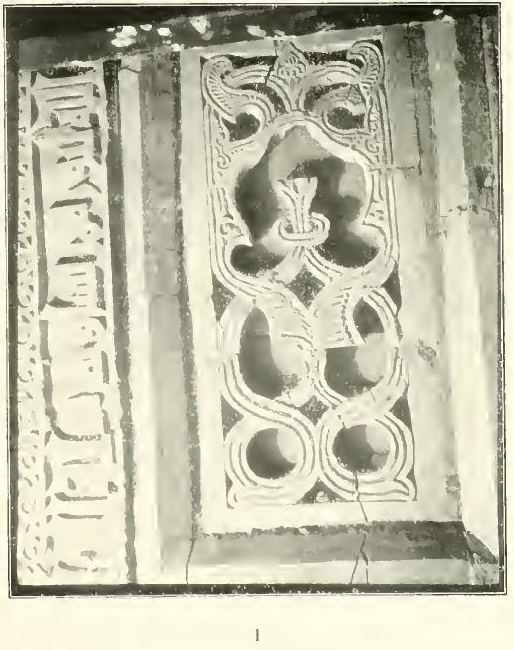
Figure 47. Third register, window facing north; Flury, Ornamente, pl. 26, 1 (see also Creswell, Muslim Architecture of Egypt, v. 1, pl. 24, a).
Table of Contents
The third register of the cylindrical section of the northern minaret includes three blind windows with pierced screens.105 For convenience to myself, if to no one else, I repeat here figures already placed in other sections. The window facing east is illustrated only in Creswell's elevation of the minaret, fig. 36, and its screen is mostly missing.
[Link: Third register, window facing north, Creswell Archive, negative EA.CA.3126.]
 Figure 47. Third register, window facing north; Flury, Ornamente, pl. 26, 1 (see also Creswell, Muslim Architecture of Egypt, v. 1, pl. 24, a). |
While it is impossible to assess it with complete certainty due to its partial destruction, the screen of the window facing north appears to be composed of two doubly grooved stems that rise from the bottom of the rectangular space they fill in loops, each stem crossing over itself, inside-over-outside. Stub leaves fill the lower corners. The formerly outside parts of the stems come together at a split leaf in the lower center, just below which they are encircled by a ring. The halves of the split leaf, elaborated with internal detail, press against the sides of the field and join in a smooth arc a short distance from the top. The formerly inside parts of the stems curve to the outer edges of the field, back again, undercrossing the formerly outside parts of the stems on both sides, and come together in the center (horizontally and vertically) of the field, where the stone is broken off. Flury's photograph (Figure 47) shows that the stems came together, encircled by a large ring, and grew upward into what by analogy with the window facing west was a probably split palmette. The device of beginning a field of upward-rising foliage from two large looping stems, without a central vertical stem, has a long history.
[Link: Third register, window facing west, Creswell Archive, negative EA.CA.3128 (probably same as Creswell, Muslim Architecture of Egypt, v. 1, pl. 24, b).]
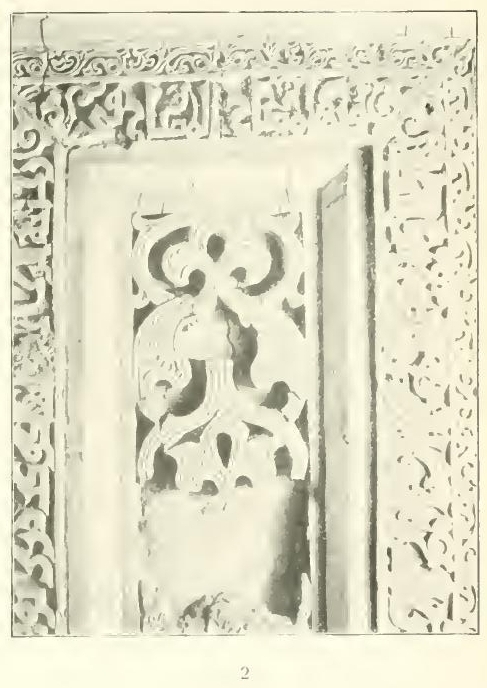 Figure 48. Third register, window facing west; Flury, Ornamente, pl. 26, 2. | 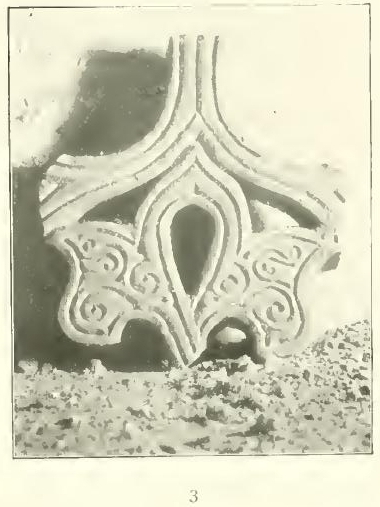 Figure 49. Third register, window facing west, fragment of screen; Flury, Ornamente, pl. 26, 3. |
The screen of the window facing west, which appears to have been similar to that of the window facing north, lost a large fragment that must have lain nearby and was reinserted by both Flury (who also published a detail of the fragment) and Creswell before they photographed the whole. Creswell's photographs are clearer and more complete.
At the very bottom of the field are the remains of two loops of stem, probably one of them overcrossing the other. Two leaf tips are also evident, in the corners, overlapping the stems. By analogy with the screen of the window facing north, these stems would have curved inward on both sides, coming together in the center and rising along each side. The continuations of the stems rising along the sides are preserved. Below them in the center there is not really room above the point at which the stems would have united for anything but the base of the foliate element that is part of the fragment; if the stems ran as in the window facing north they would fill this area nicely. The foliate element of the fragment is formed of a split leaf with internal detail to either side, with a central piercing at the top.
The outer stems, partly belonging to the fragment, come together above the three-lobed foliate element just described, rising into a now-missing element, presumably a leaf. Before coming together, they branch outward in short segments of stem that become large, internally detailed leaves at either side. The tips of these leaves turn into stems that come together, bound by a ring, and form an internally detailed trilobed split palmette, the tips of which sprout stems that curl around and down, one over the other, right over left, disappearing behind the tips of the leaves below the trilobed split palmette while sprouting four stub leaves to fill in space.
The first screen has symmetry of reflection along the center vertical axis; the second does not. Both are more pictorial than sculptural, compared with much of the other foliate decoration. That is, the internal detail looks like a picture of something rather than actually being that thing. In the field designs of the Salon Rico at Madīnah al-Zahrā' the same pictorial approach appears, mixed in with other representational conventions.
The balustrades of the windows in the seventh register differ from the pierced screens of the blind windows of the third register. Again, for convenience I repeat here figures already placed in other sections.
In both cases, the entire area within the carved stone frame has a flat border. The balustrade sits within this border, with a thinner border atop it, and atop that, on either side, a flat half-palmette, set as if it were a finial to a side post.
[Links: Seventh register, window facing west, Creswell Archive, negative EA.CA.3133, EA.CA.3134, EA.CA.1915 (cf. Creswell, Muslim Architecture of Egypt, v. 1, pl. 26, e).]
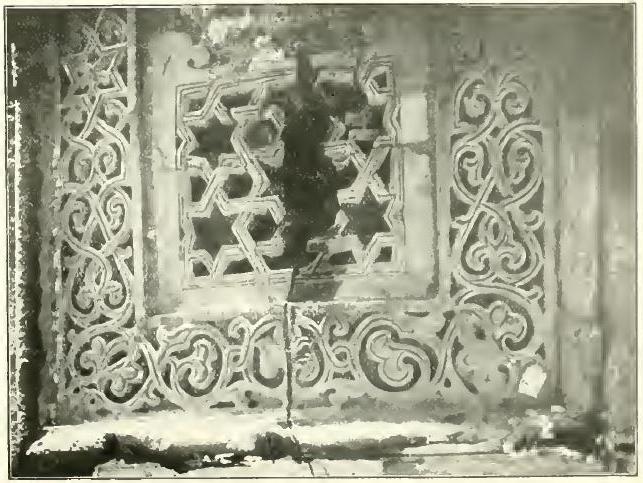 Figure 50. Seventh register, window facing west; Flury, Ornamente, pl. 27, 4. |
The balustrade of the window facing west, 53 cm. high by 58 cm. wide,106 seen in its best preserved state in Flury's photograph (Creswell Archive negative EA.CA.1915 is the same image), appears to be an interlace of doubly-grooved bands that form six-pointed stars and hexagons, with some partial hexagons at the sides and edges, within a continuous frame formed by portions of the bands. In some places the bands overcross the frame as they run into it, but in others they join the frame in a T-junction, so they do not over- or underlap each other; they join (or branch), which means that topologically they are neither bands nor rings. Ignoring the frame, the bands appear to over- and undercross each other consistently, although I have not attempted to reconstruct the missing areas. This design is consistent with that of openwork windows going back to the Umayyads at least.
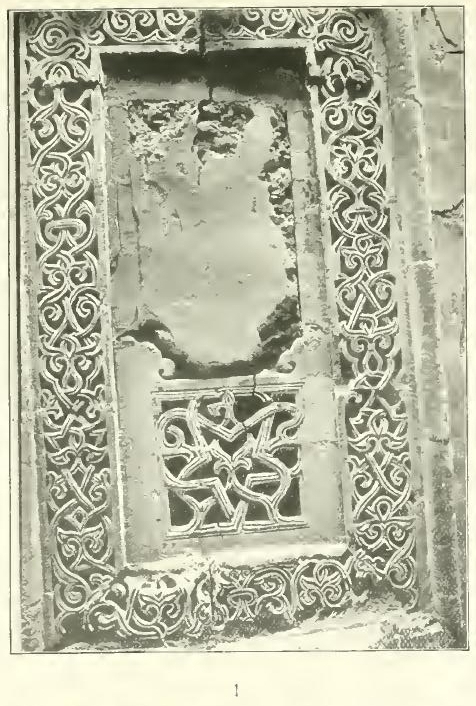 Figure 51. Seventh register, window facing north; Flury, Ornamente, pl. 27, 1 (cf. Creswell, Muslim Architecture of Egypt, v. 1, pl. 26 d). |
The balustrade of the window facing north is also formed of doubly-grooved bands that over- and undercross each other, both in the field and where they run into the border (unfortunately obscured in places by a later coating), which they also join in T-junctions at places. These bands, which are to be seen as stems, also join (or branch) within the field.
From bottom to top, two stems cross one over the other and rise diagonally, forming the lower point of a five-pointed star standing on one point. They then angle horizontally to the sides, each tracing one side of another point, and curve ungeometrically upward along the sides of the field, sprouting leaves that are arranged differently on the two sides, and descend at angles to join at the center vertical axis, each forming one side of another point. Above the center angle two small stems branch off and join in what was a trilobed palmette with internal detail.
From the bottom border, midway between the center and the corners, two curvilinear stems rise and branch. The inner branches join and sprout a split palmette with internal detail that fills the star. The outer branches curve toward the sides and back in at the tips of the two next-to-lowest points of the star. They continue, still curving a bit, to complete the sides of these points, then angle to complete the remaining two sides of the upper points, and curve upward to join the upper border.
I hesitate to describe the interlacing of these stems; it has regularities but also some oddities. The pattern was intended to have symmetry of reflection along the vertical central axis if over- and undercrossings are disregarded and a certain lack of precision is discounted. It is of interest that the star rests on one point at the lower border but otherwise does not fill the field. There is direct integration of foliate and geometric elements of ornament in this design, and the five-pointed star contrasts with the six-pointed stars of the window facing west, perhaps intentionally.
105. Bloom, “The Mosque of al-Ḥākim in Cairo”, p. 35, inscription no. 8, or an unnamed source hypothesized a fourth window, facing south.
106. Flury, op. cit., p. 45, and Creswell, Muslim Architecture of Egypt, v. 1, p. 94.